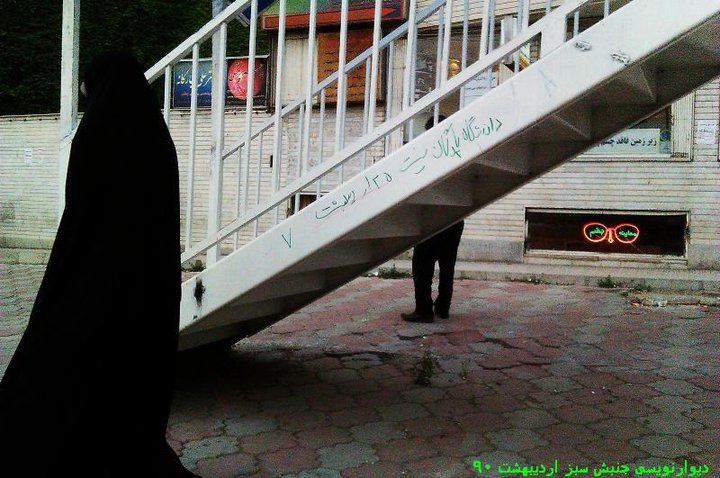

The initial results of this work have been presented in the ECCE2021. It is shown that the proposed method can break the fault current effectively with minimal arc and significantly reduces the voltage stress across the mechanical switches. This is different than the conventional single-switch commute-and-absorb method used in mechanical or static breakers in the sense that it reverses the current direction and delivers part of the fault energy back to the source. The proposed mechanism utilizes two switches along with two diodes, to reverse the direction of the current flow and clear the fault.

Higher voltages have not been tested due to limited resources and safety concerns however, the proposed mechanism can potentially be used at higher voltages. This paper proposes an alternate method to break dc currents for low-voltage applications.

With the advent of dc generation, loads, and circuits dc breakers are required for system protection. Presently available dc breakers fall into three categories, mechanical, static, and hybrid dc breakers. Therefore, AC project that has already been agreed upon can be selected as the cost-effective solution. In addition, it should be noted that technically, the HVDC project satisfies the prerequisites and conditions of a connection line between the two power networks. Comparison between HVAC and HVDC transmission lines of 1000 MW capacity shows that the HVDC project will increase the total costs and from the economic point of view is infeasible. In this paper, an analysis of Iran-Turkey power network interconnection method is performed. Moreover, optimization based on a long-run model showed that due to different investment costs for capacity expansion in the two countries, the optimal export increase will be of 12% annual growth rate. Our previous studies on development of Iran power export, based on a short-run optimal model, showed that Iran power export capacity to Turkey during the base year can be increased up to 1000 MW. Regarding advantages of power trade between countries, a question emerges that by which kind of transmission lines this trade will be more efficient.


 0 kommentar(er)
0 kommentar(er)
